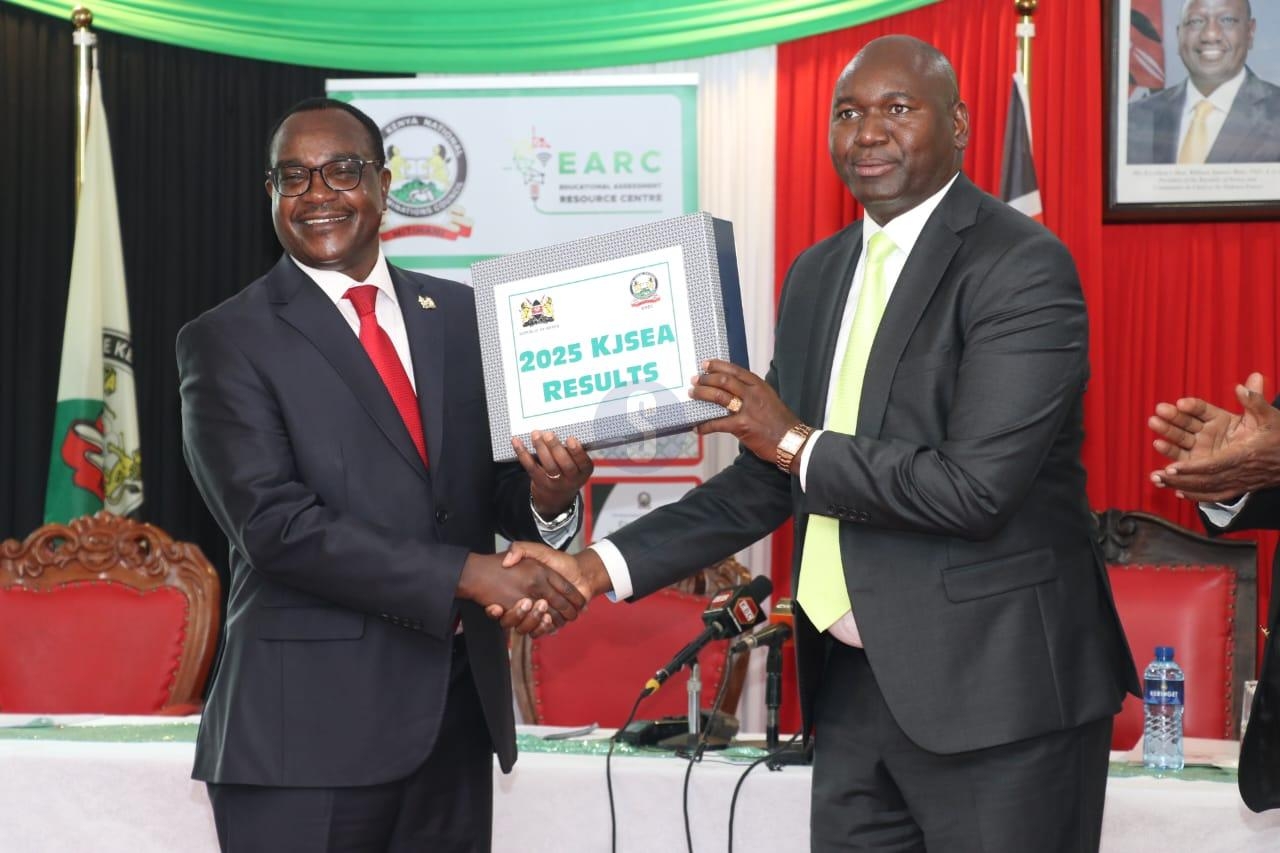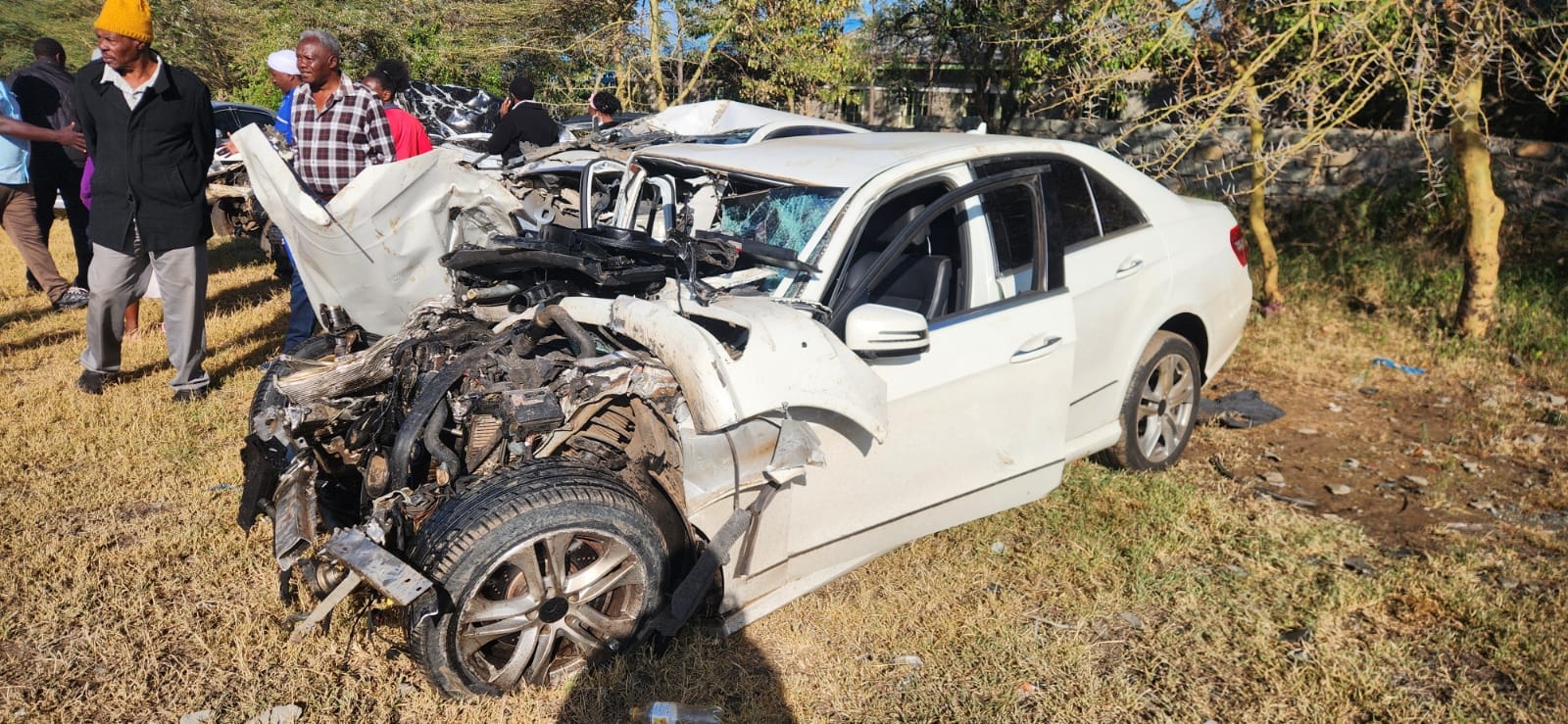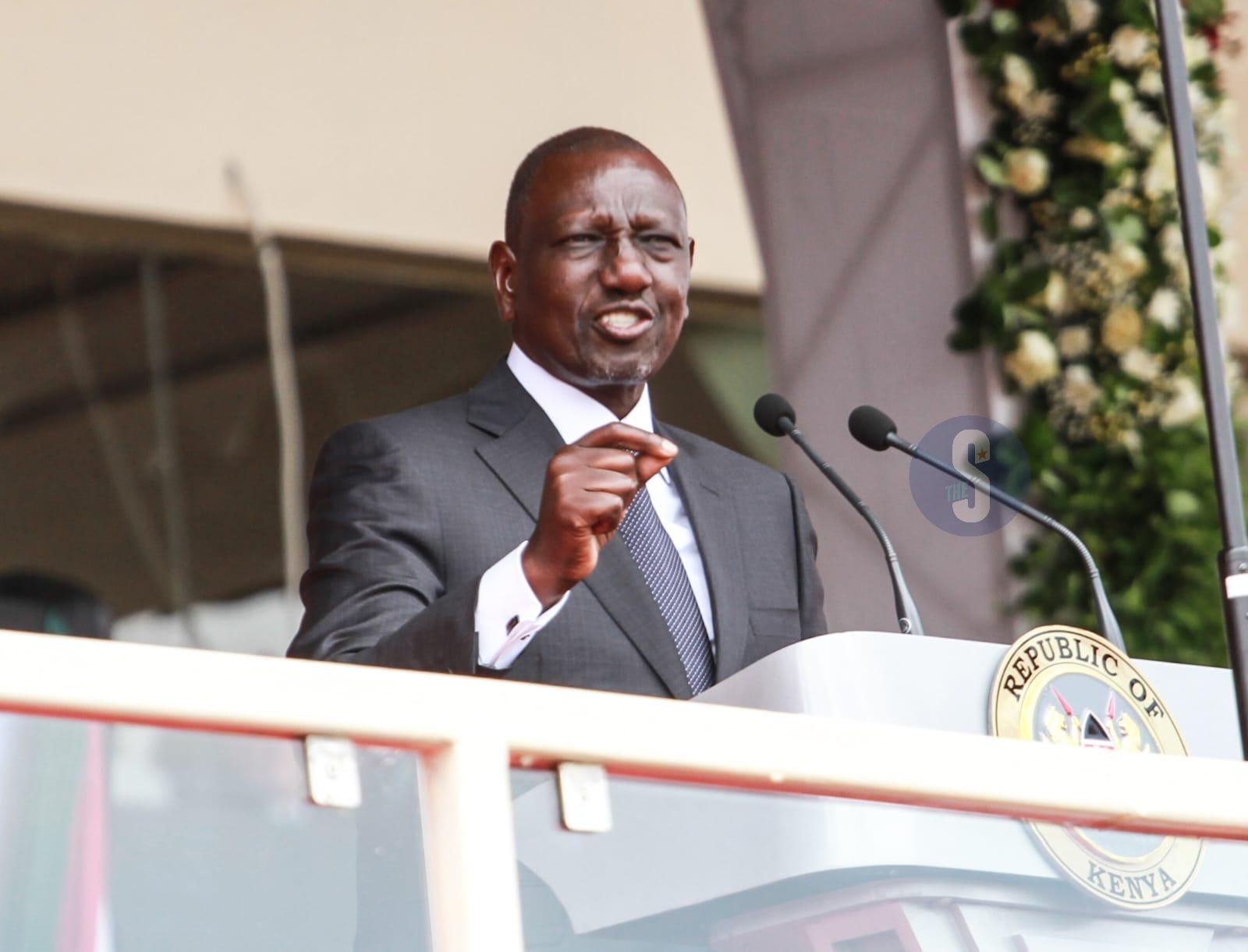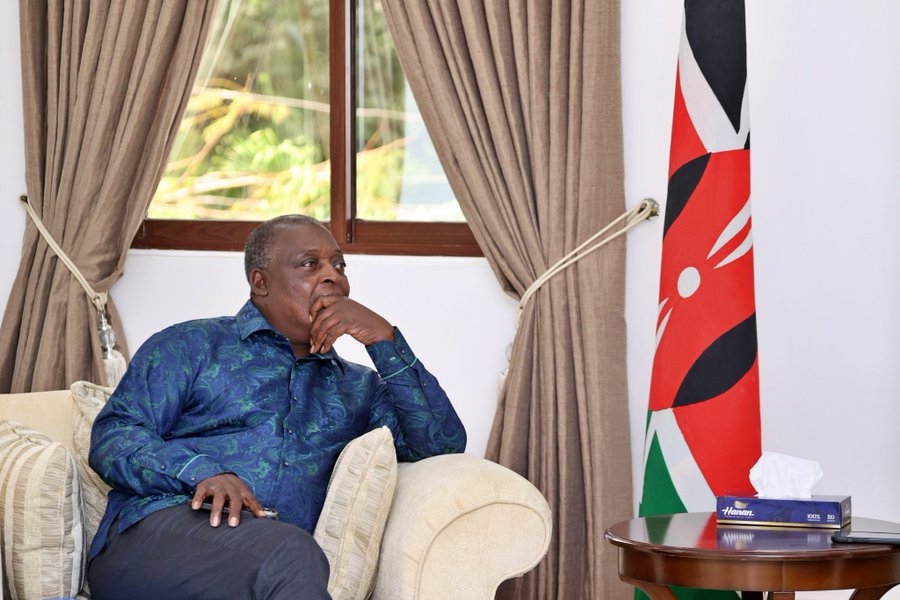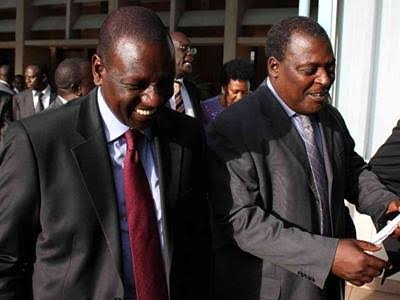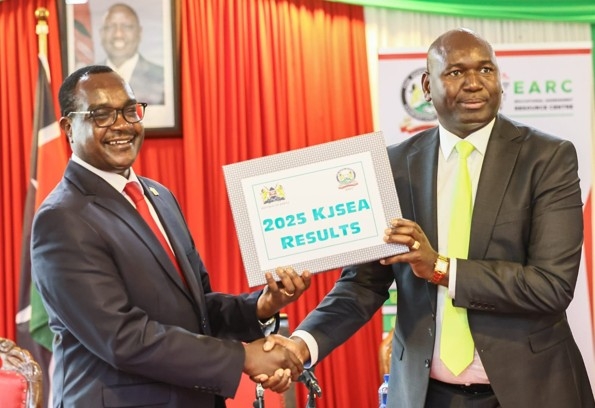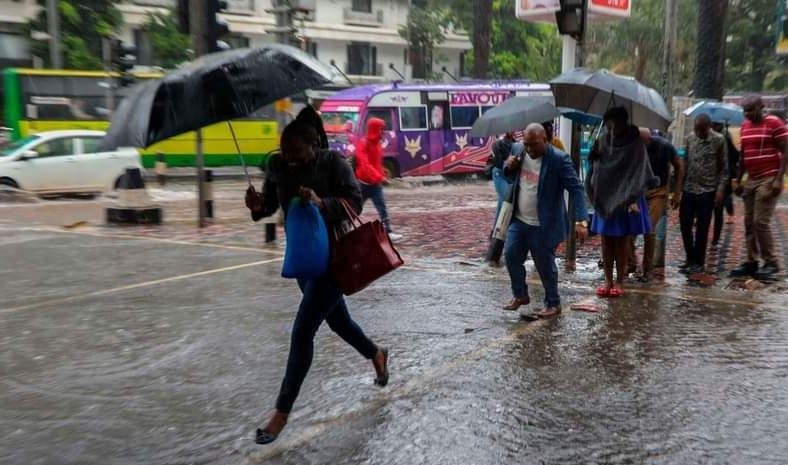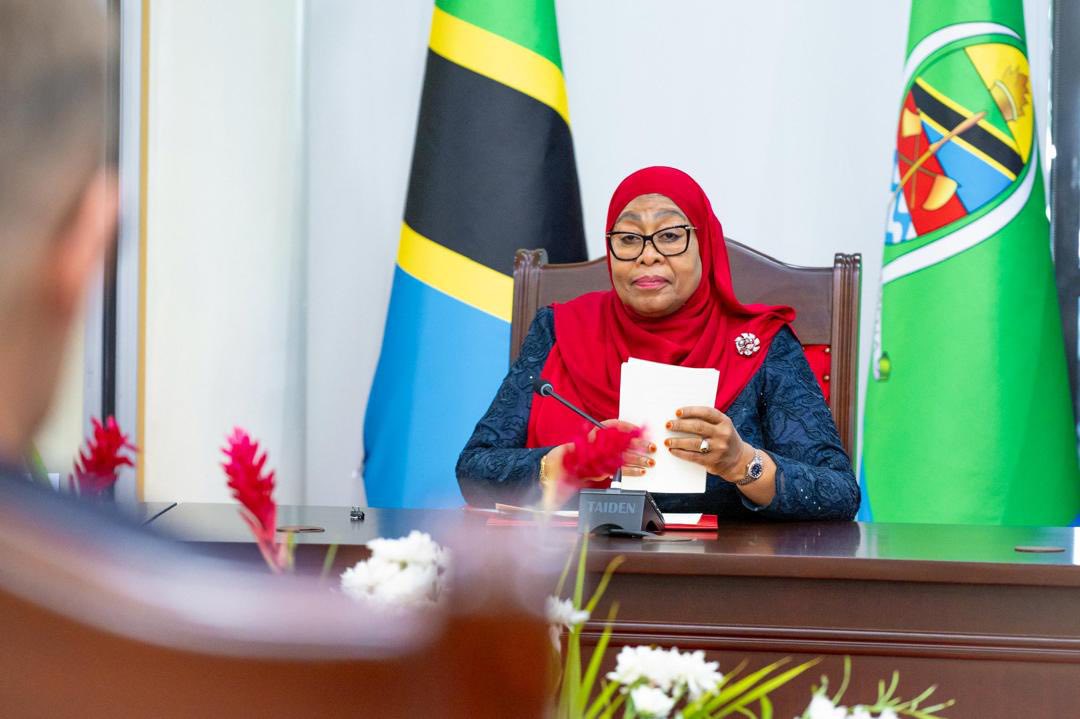 Tanzania President Samia Suluhu Hassan./INSTAGRAM
Tanzania President Samia Suluhu Hassan./INSTAGRAMPresident Samia Suluhu Hassan has affirmed Tanzania’s commitment to reducing reliance on external aid and loans, noting that true national progress must be anchored on self-reliance and the effective use of domestic resources.
Speaking on Thursday during the official launch of the National Development Vision 2025–2050 at the Jakaya Kikwete Conference Centre in Dodoma, President Samia emphasised that while aid and loans can play a supportive role, they cannot form the bedrock of sustainable development.
“Our top priority is to safeguard and utilise our domestic resources to build a resilient economy and improve the well-being of our people. In short, we are laying the groundwork for self-reliance," she said.
"I know it’s a long and difficult journey, but with God’s grace, we shall get there.”
President Samia noted that assistance from external sources often comes with stringent conditions, which in many cases compromise the country’s autonomy.
According to the head of state, the National Development Vision 2025–2050 is a strategic blueprint focused on strengthening internal capacity and fostering long-term economic independence.
“Aid and loans, when used effectively, can support national development, but they cannot be the foundation of sustainable progress—especially when such assistance often comes with stringent conditions that compromise the country's autonomy,” she stated.
The launch event brought together key government officials, development partners, and members of the public, marking a significant milestone in Tanzania’s pursuit of a more self-sufficient and resilient economy over the next quarter century.
“And we will continue to strengthen our financial, professional, and operational capacities, and we will continue to build our resilience in dealing with regional and international challenges.”
Tanzania’s current economic position reflects a careful balancing act—sustained growth, rising debt, and increasing efforts to enhance resilience and autonomy.
The country's total public debt stood at TSh107.7 trillion (approximately $40 billion) by April/May 2025, split into TSh72.9 trillion in external debt and TSh34.8 trillion in domestic debt.
External debt stood at approximately $33.9 billion in January 2025, rising slightly to $35.5 billion by April.
This remains under the IMF/World Bank thresholds of 55 per cent for public debt and 40 per cent for external debt of GDP, with the debt-to-GDP ratio sitting between 32 and 47 per cent.
The IMF has offered two successive tranches—$441 million in April and $448 million in June 2025—under the Extended Credit Facility (ECF) and Resilience and Sustainability Facility (RSF).
According to the IMF, the country's real GDP growth reached 5.5 per cent in 2024, with projections rising to 6 per cent in 2025, while inflation remains low at approximately 3.3 per cent, below the Bank of Tanzania’s 5 per cent target.
Tanzania boasts a strong export performance—particularly in gold, tourism, and agriculture—which has reduced the current account deficit from around $2.7 billion to $2.2 billion by April 2025.
In the 2024/25 financial year, Tanzania's debt service amounted to TSh10.19 trillion (around $3.9 billion), including TSh4.18 trillion towards external obligations.
Local media report that the country plans to repay both domestic and external loans in the coming year, relying on domestic revenue and controlled borrowing.


